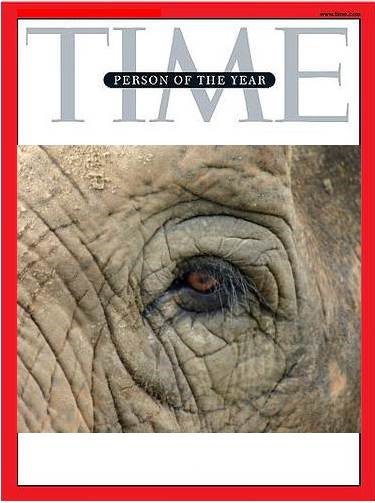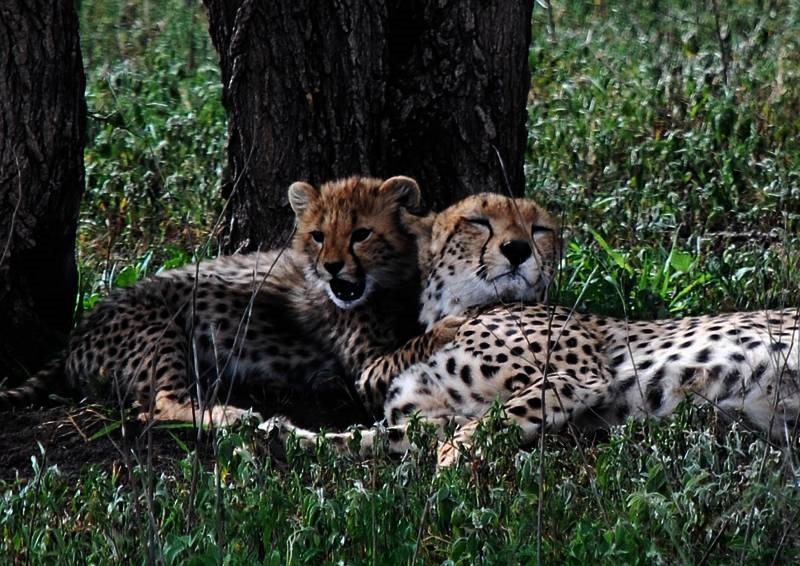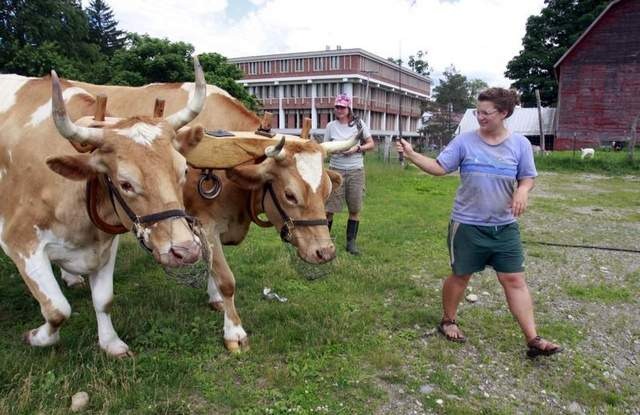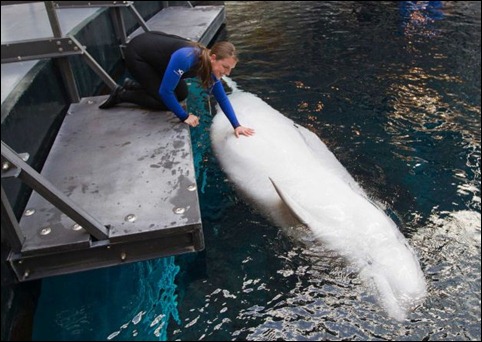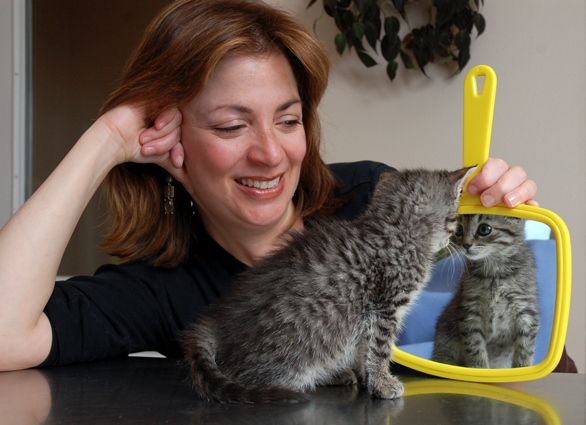Kimmela Salutes Scholar Advocates
Scholar-advocacy is a new professional model for animal advocacy focused on applying scholarship, science and expertise to real-world animal advocacy problems, spanning across academics, science and scholarship at one end, and on-the-ground active animal advocacy efforts at the other.
We already have an excellent group of Kimmela scholar-advocates who are devoting their talents to making this model a reality for us. This international group of students, academics and other professionals has been volunteering their time and skills to our work for the Nonhuman Rights Project (NhRP). This includes collecting and compiling hundreds of scientific papers on great apes, elephants and cetaceans, and creating a searchable database of these findings, and collecting information about possible nonhuman plaintiffs as the NhRP gets ready to identify, build and litigate its first cases later this year.
Among this diverse and accomplished group:
Kristin Allen holds an M.S. in Clinical Psychology from Eastern Kentucky University and conducts research on elephant social development.
Daniella Bismanovsky holds an M.S. in Primate Behavior from Central Washington University and is currently a first-year law student at Lewis & Clark.
Elizabeth Caton holds an M.A. in Clinical Social Work and has recently become Programs Director for the Woodstock Farm Animal Sanctuary.
Shea Cogswell has a college degree and a background in museums and libraries.
Eilidh Dickson studies Marine Biology at the University of St. Andrews, Scotland, and is presently a visiting student scholar at Emory University.
Valerie Ibarra has a B.A. in Political Science from Georgia State University and is a human and nonhuman rights activist.
Samantha Lipman has recently received a Zoology BSc (Hons) degree from Durham University and is founding manager of the Orca Aware campaign.
Dr. Melanie Sartore is an Assistant Professor in the Department of Kinesiology at East Carolina University. Her research addresses issues of diversity and social justice as they relate to sport and organizations.
Beth Snead is the assistant acquisitions editor at the University of Georgia Press. She graduated from UGA in 2007 with a B.A. in English and also volunteers at the Center for the Great Apes in Wauchula, Florida.
Laura Vander Meiden is a University of Miami undergraduate student.
Kim Vardeman is currently the office coordinator for the Farquhar College of Liberal Arts and Sciences Division of Math, Science, and Technology at Nova Southeastern University, where she is completing a M.A. in Cross-Disciplinary Studies.
Amanda Wight is a Neuroscience and Behavioral Biology major at Emory University with a minor in Ethics.
A special thank-you also to Dr. John Schacke, Director of the Georgia Dolphin Ecology Program and Adjunct Professor of Ecology at the University of Georgia. John has generously donated his time and expertise to creating a unique database home for all of the scientific papers collected by the team for NhRP.


